Children on the frontline of the climate crisis
Catastrophic climate change is a terrifying reality for a generation of children more likely than ever to experience disastrous weather changes, extreme heat and high levels of pollution
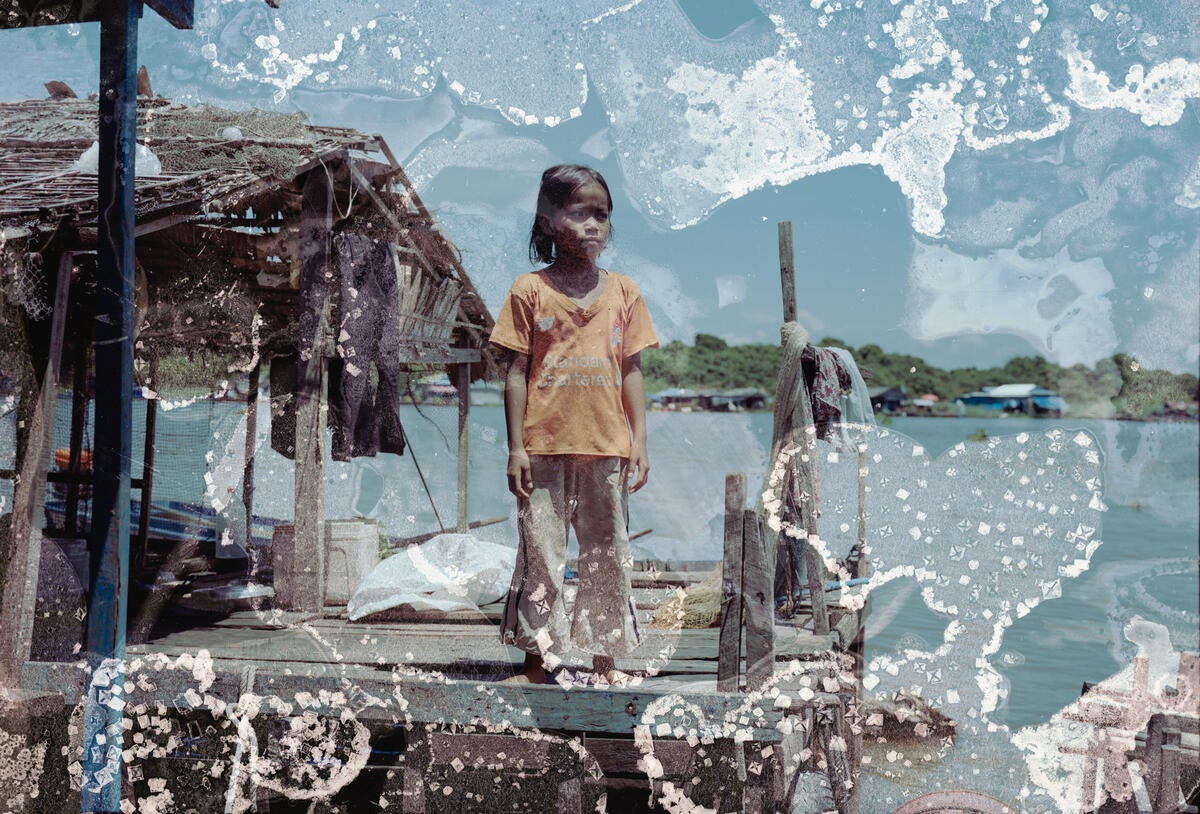
Your support helps us to tell the story
From reproductive rights to climate change to Big Tech, The Independent is on the ground when the story is developing. Whether it's investigating the financials of Elon Musk's pro-Trump PAC or producing our latest documentary, 'The A Word', which shines a light on the American women fighting for reproductive rights, we know how important it is to parse out the facts from the messaging.
At such a critical moment in US history, we need reporters on the ground. Your donation allows us to keep sending journalists to speak to both sides of the story.
The Independent is trusted by Americans across the entire political spectrum. And unlike many other quality news outlets, we choose not to lock Americans out of our reporting and analysis with paywalls. We believe quality journalism should be available to everyone, paid for by those who can afford it.
Your support makes all the difference.Children born over the past year are estimated to face seven times more scorching heatwaves and almost three times more crop failures than their grandparents.
Newborns globally will also live through more droughts, wildfires and river floods, according to research from Save the Children.
Despite many incremental changes in the climate, there are a growing number of young voices sending warnings from the very frontline of the planet’s global crisis.
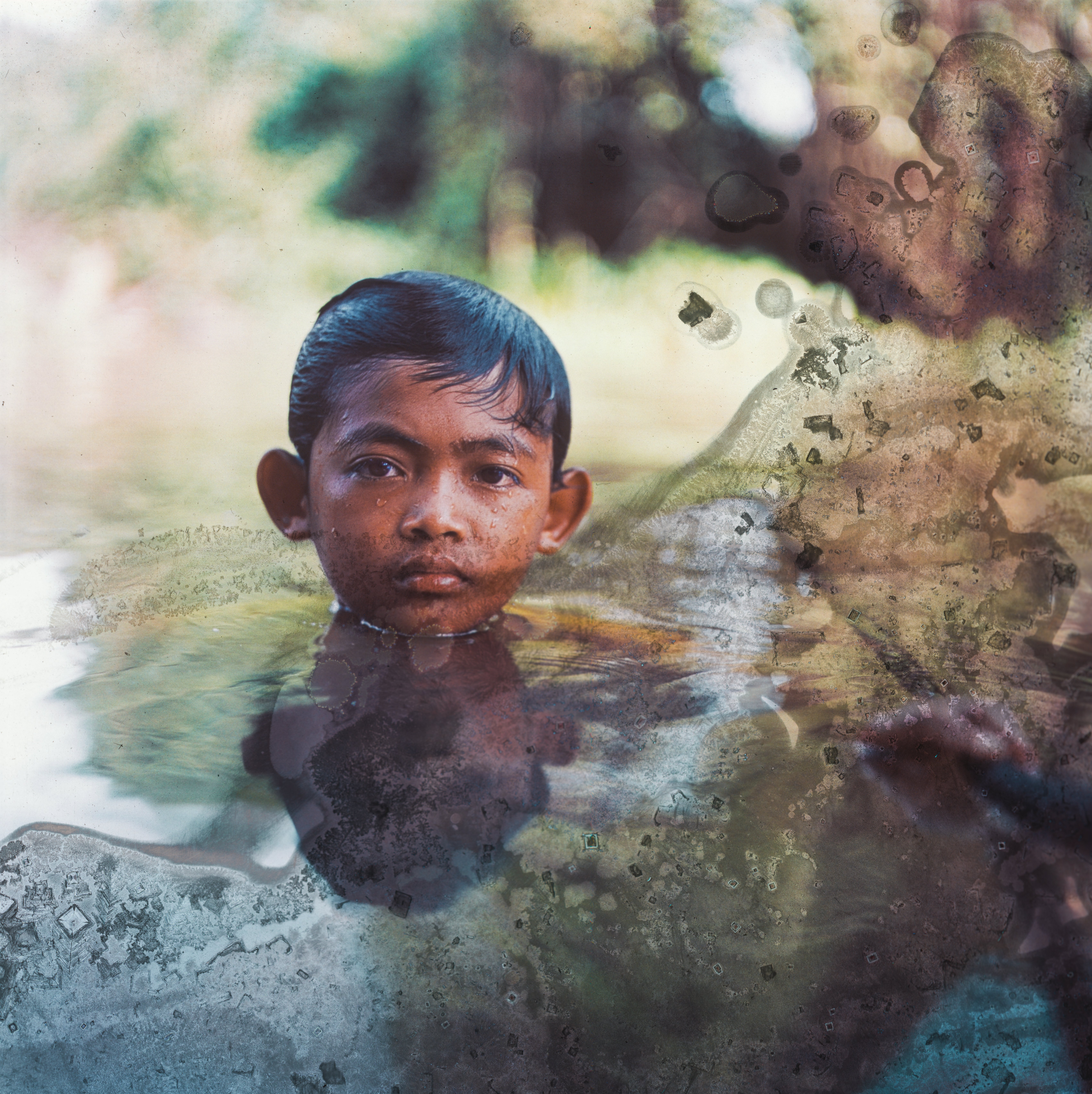
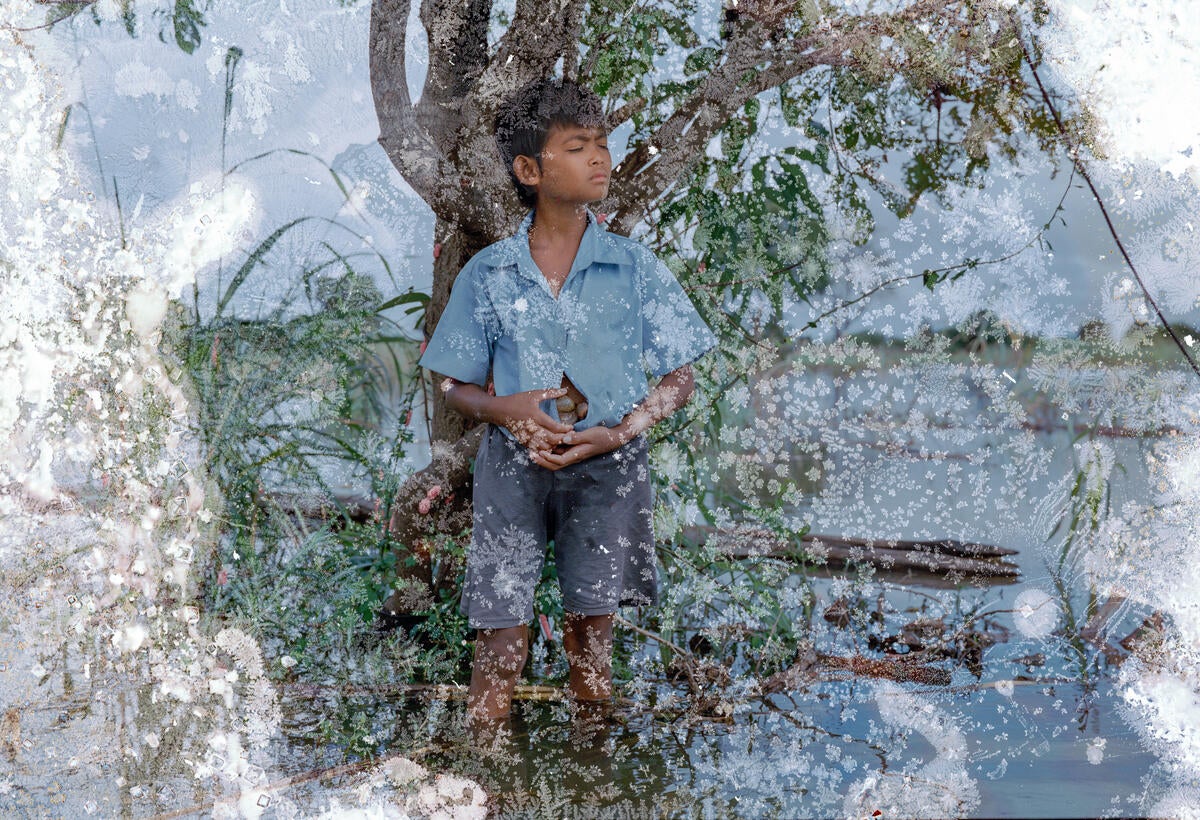
One of the most polluted cities in the world is Lahore in Pakistan, where rubbish is routinely burned in the streets, releasing toxic gases.
Air pollution in the region has reached 12 times more than World Health Organisation (WHO) guideline levels. They also estimate that almost 1 in 10 child deaths under the age of five are caused by toxic air globally.
In this photo series, photographers focused on three locations and documented the stories of children and their families in Cambodia, Australia and Pakistan.
Working with chemists from the University of Brighton the images were then treated with chemicals and conditions commonly found in these locations.
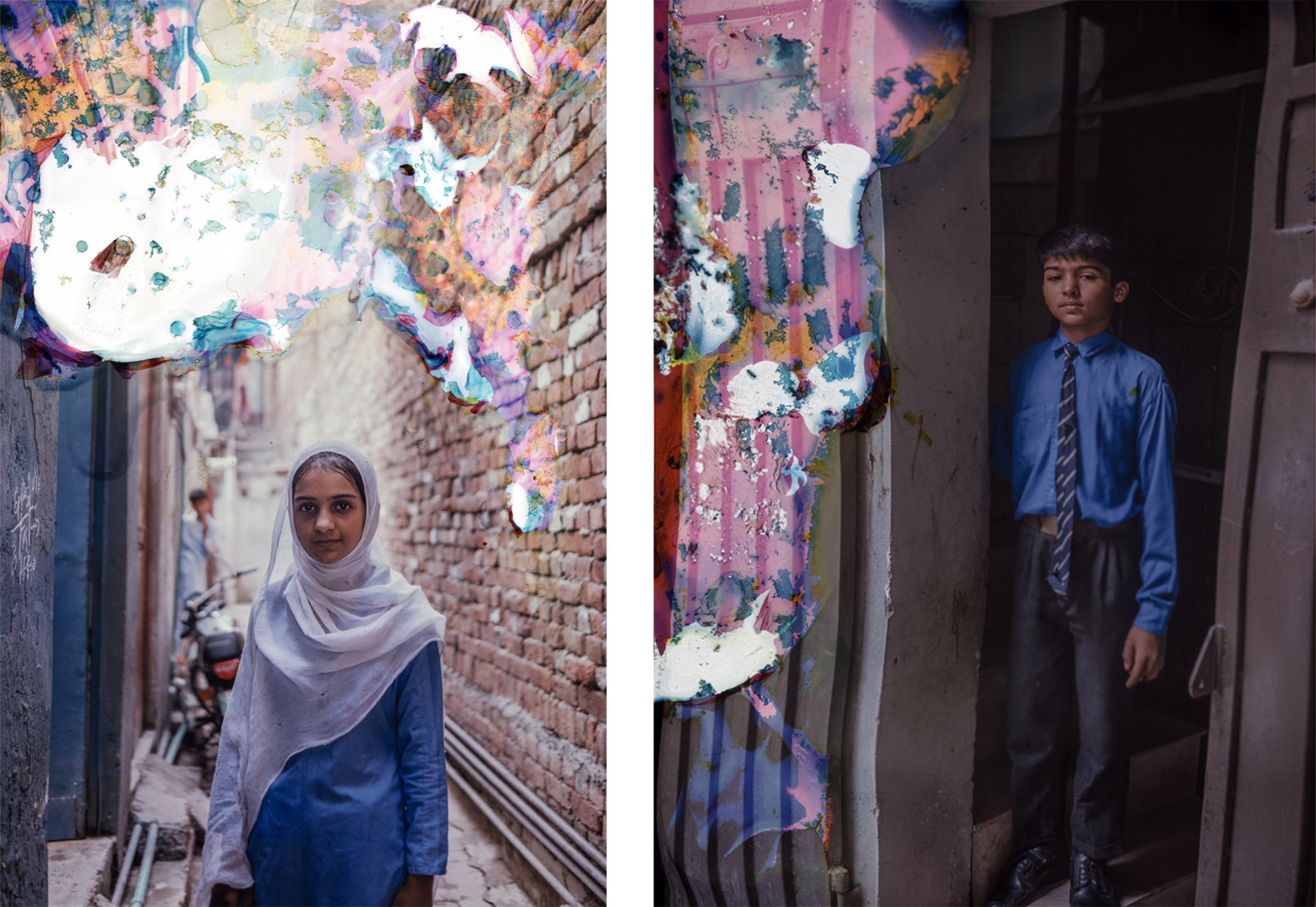
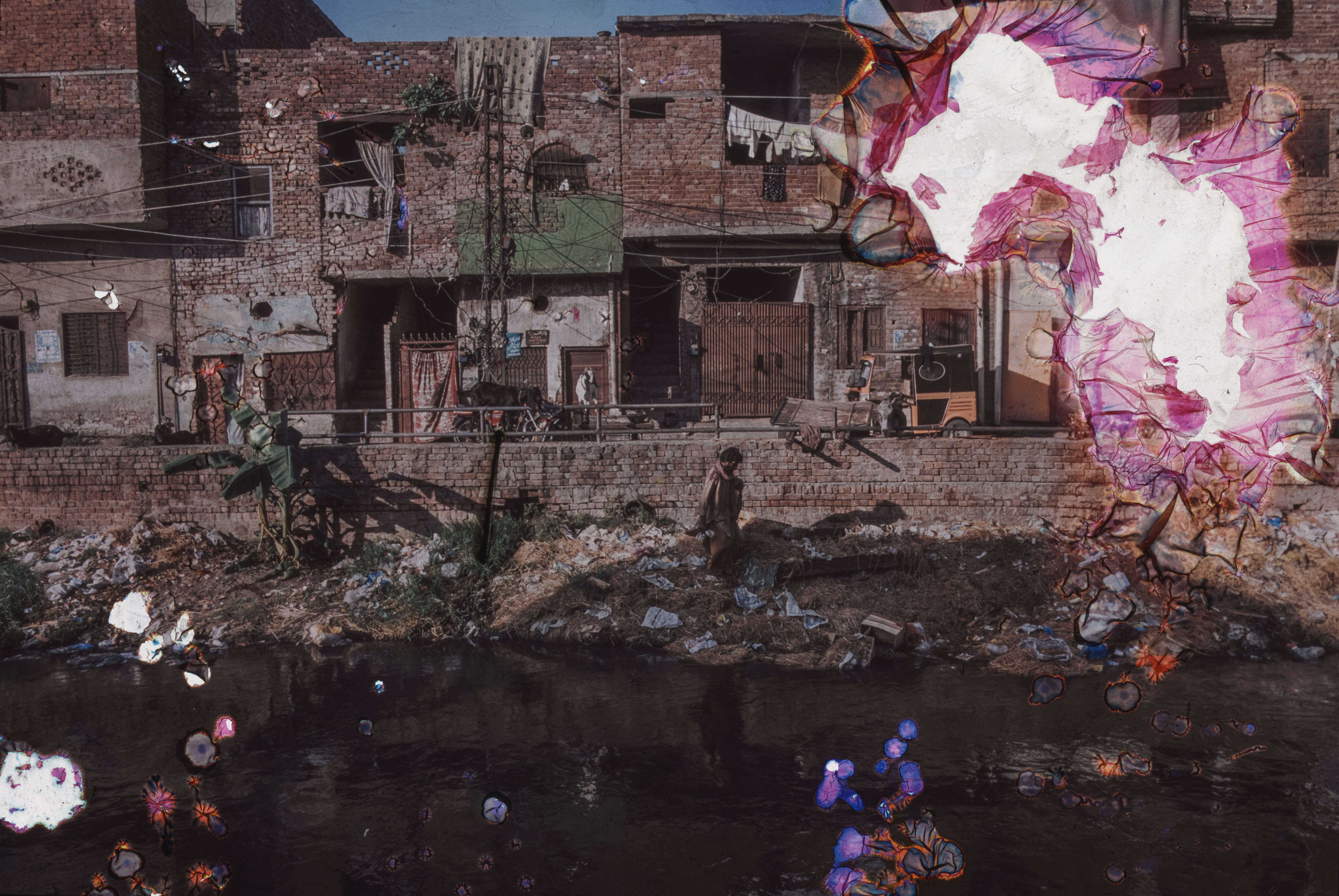
Nad E Ali’s photographs of Pakistan were exposed to pollutants often found in Lahore.
“There is a lot of pollution. People burn trash in the street,” said a 12-year-old girl named Zahra who lives in the city. “It affects my family because pollution can make us sick in our homes.”
Zahra is part of an “eco club”, where a group of children are fighting back and planting trees in the community to battle pollution.
“I try to spread the word,” she said. “It’s important for our future. We plant trees – we water them, protect them.”
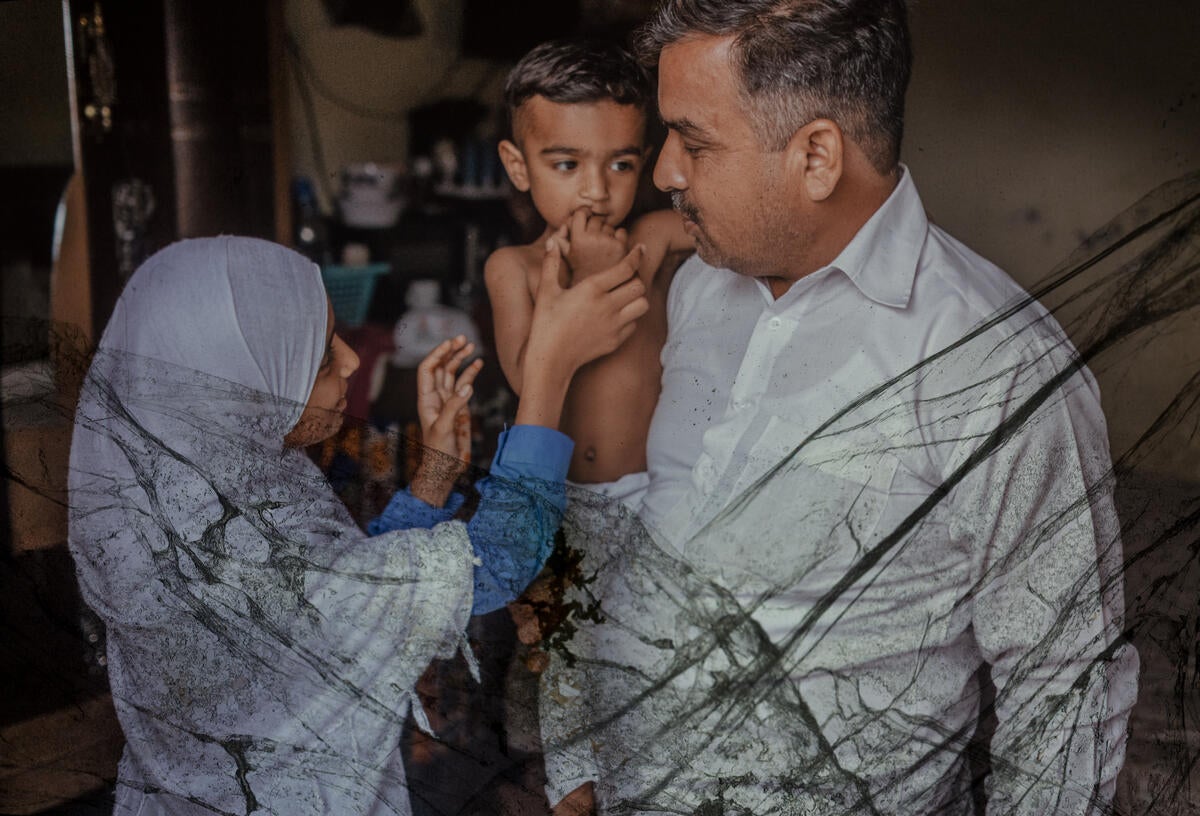
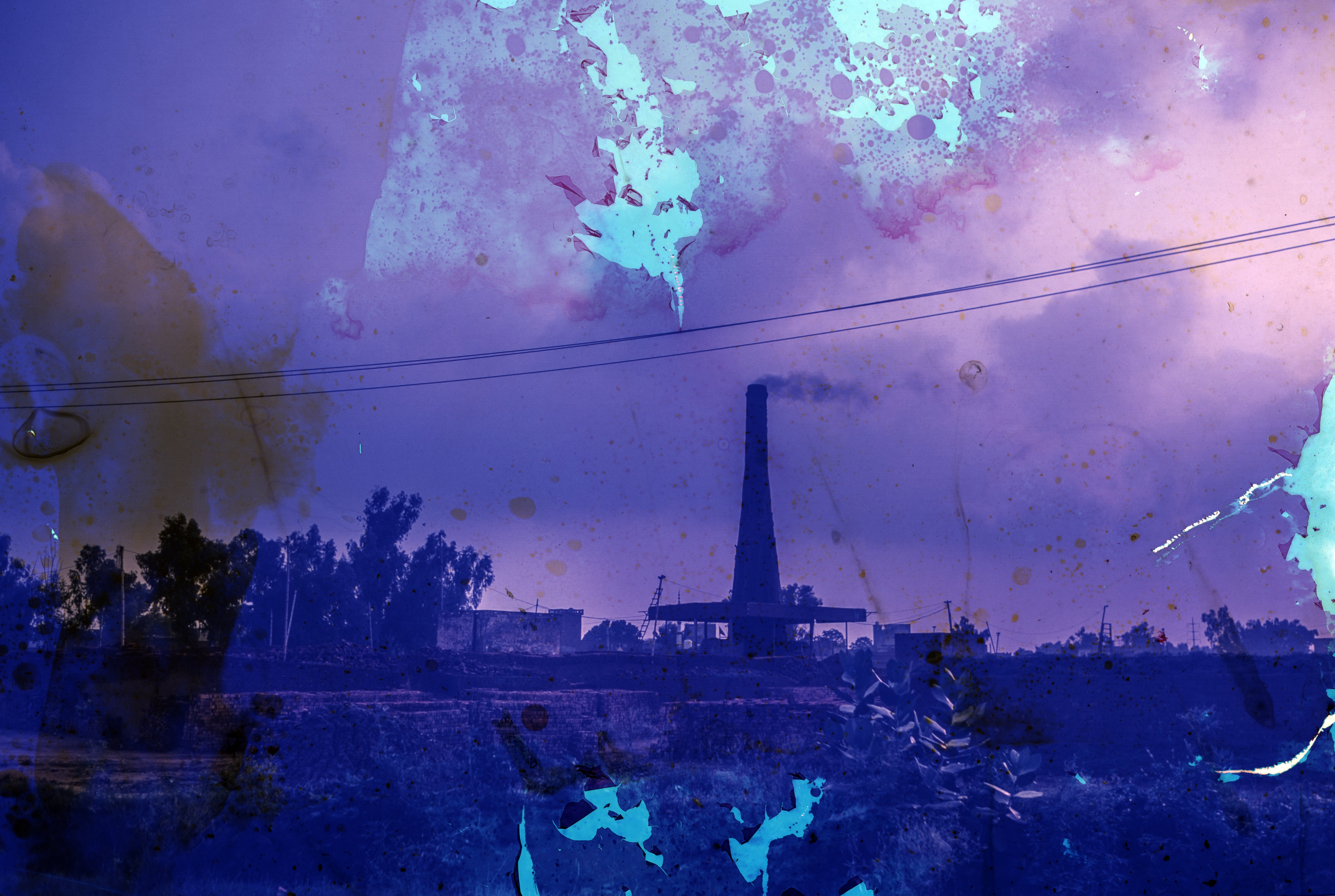
On Tonle Sap lake in Cambodia, 15-year-old Chenla lives in a small houseboat with her parents and three siblings. Increased droughts, pollution and illegal fishing means depleting fish stocks have pushed many families into poverty.
Chenla’s father, Sambath, has lived on the lake for decades. He has noticed changes in the environment throughout the years.
“People who live on the river can’t make a living anymore,” he said. “There’s only death and starvation, because we lost all the fish, the natural resources, including trees and forests that have been cut down, and we have nothing left.”
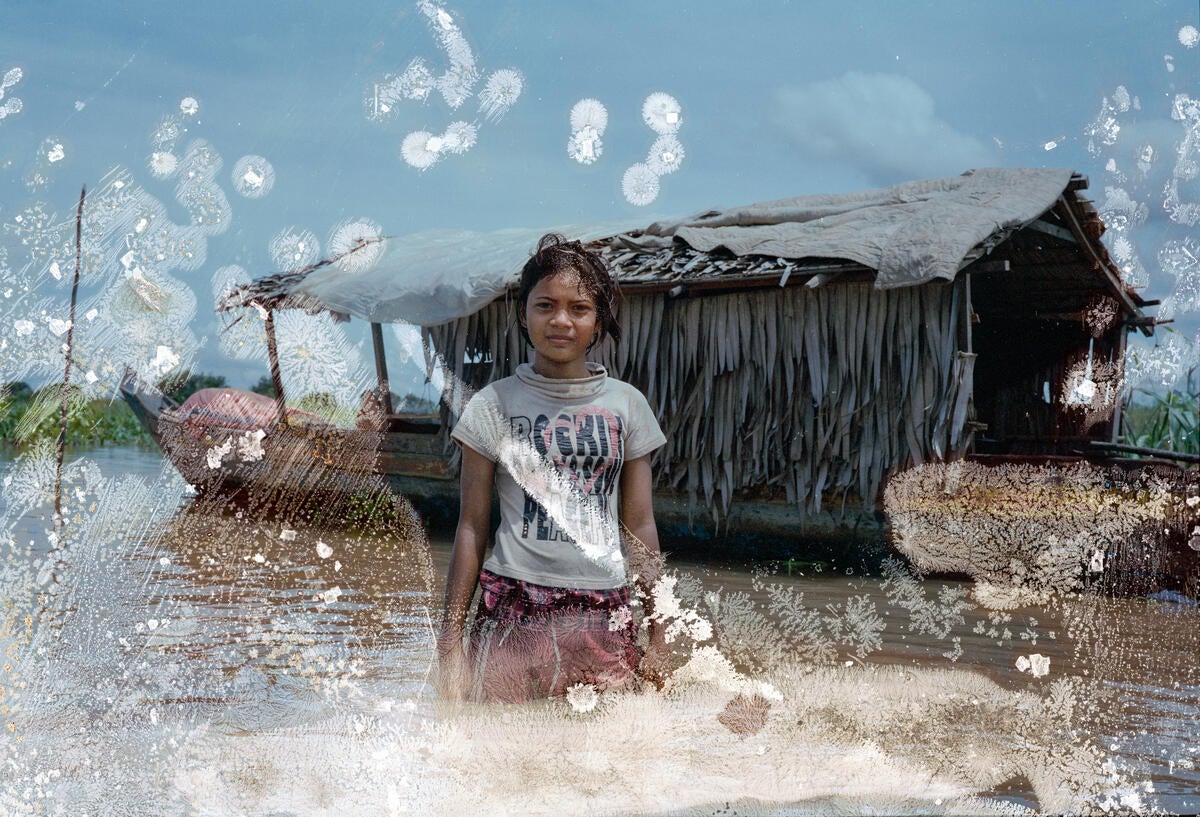
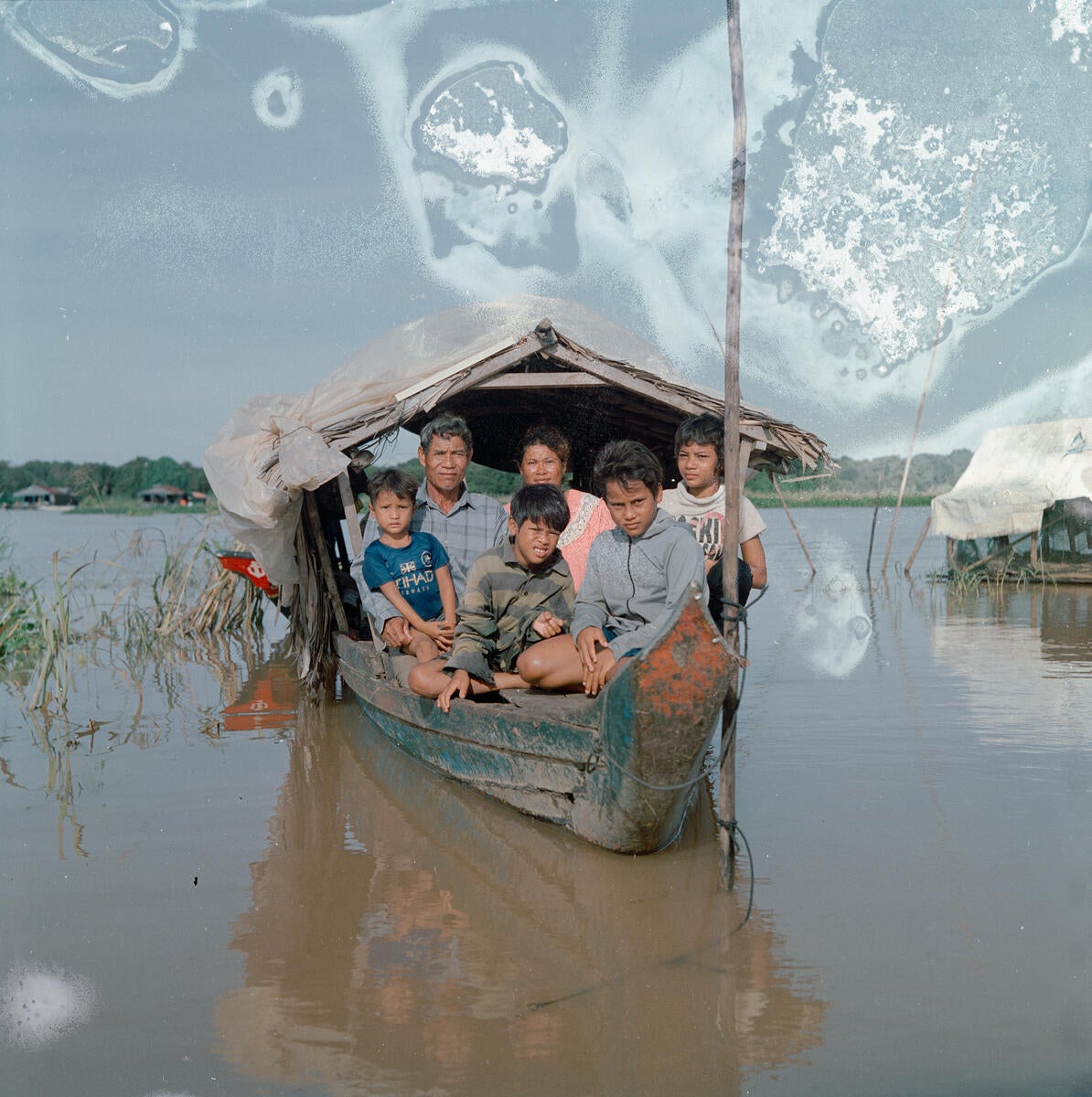
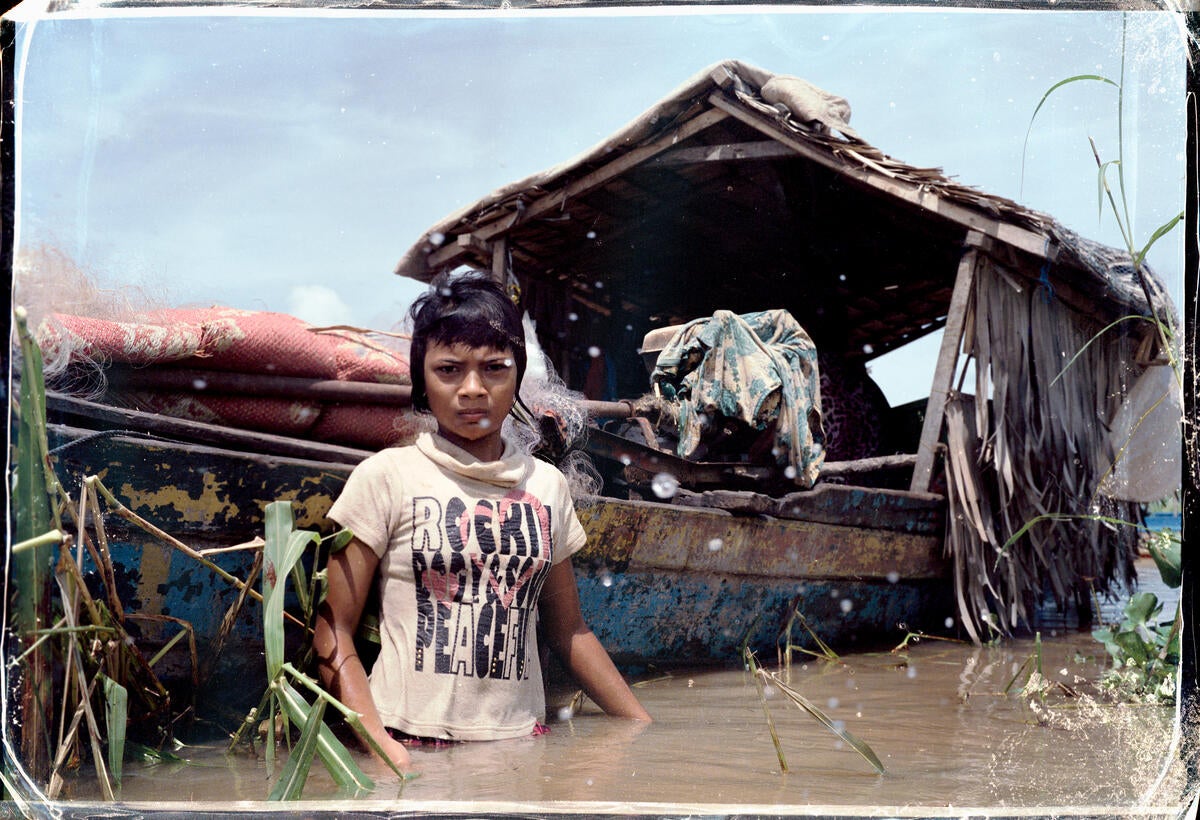
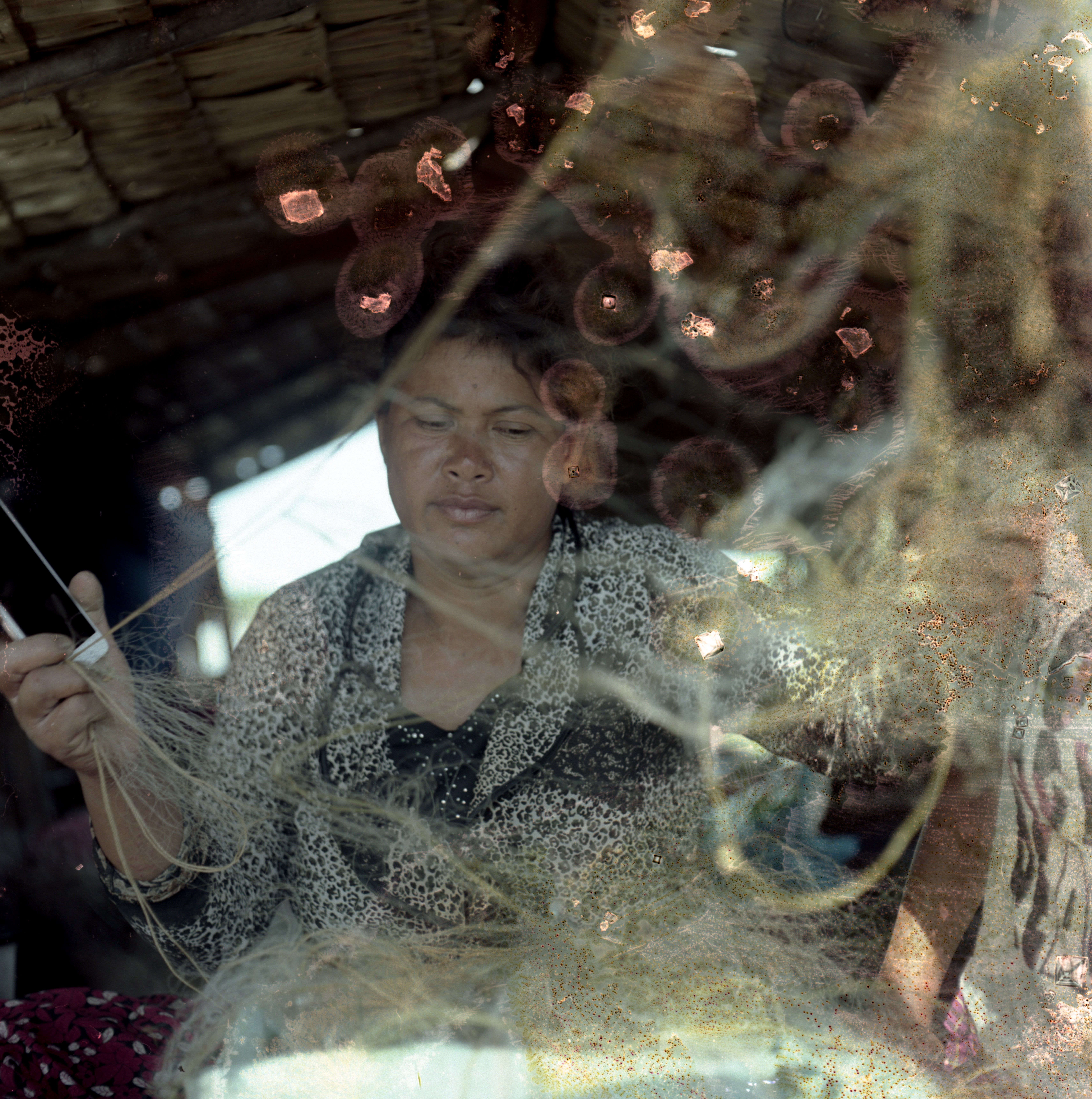
When asked about her life, Chenla said: “It’s very difficult ... I have lived here for five or six years now, and we don’t have a house to live in. We only have a small boat for all of my family.”
Photographs taken by Lim Sokchanlina were treated with chemicals found in the lake to represent the changing climate in the region.
In Australia, 11-year-old Harry lives with his family in coastal New South Wales. In November 2019 they were driven from their home by some of the worst bushfires in living memory, now known as the “Black Summer”.
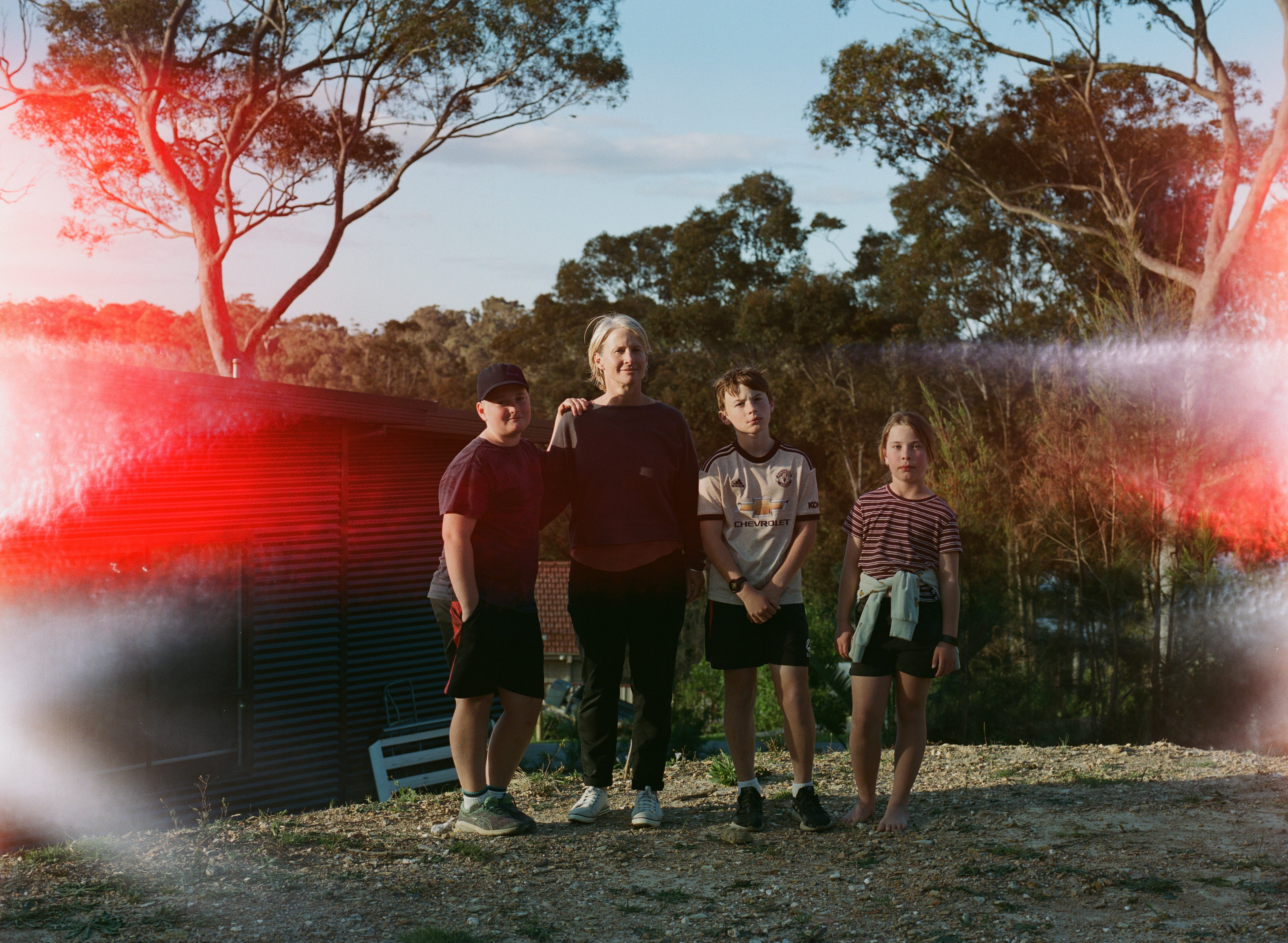
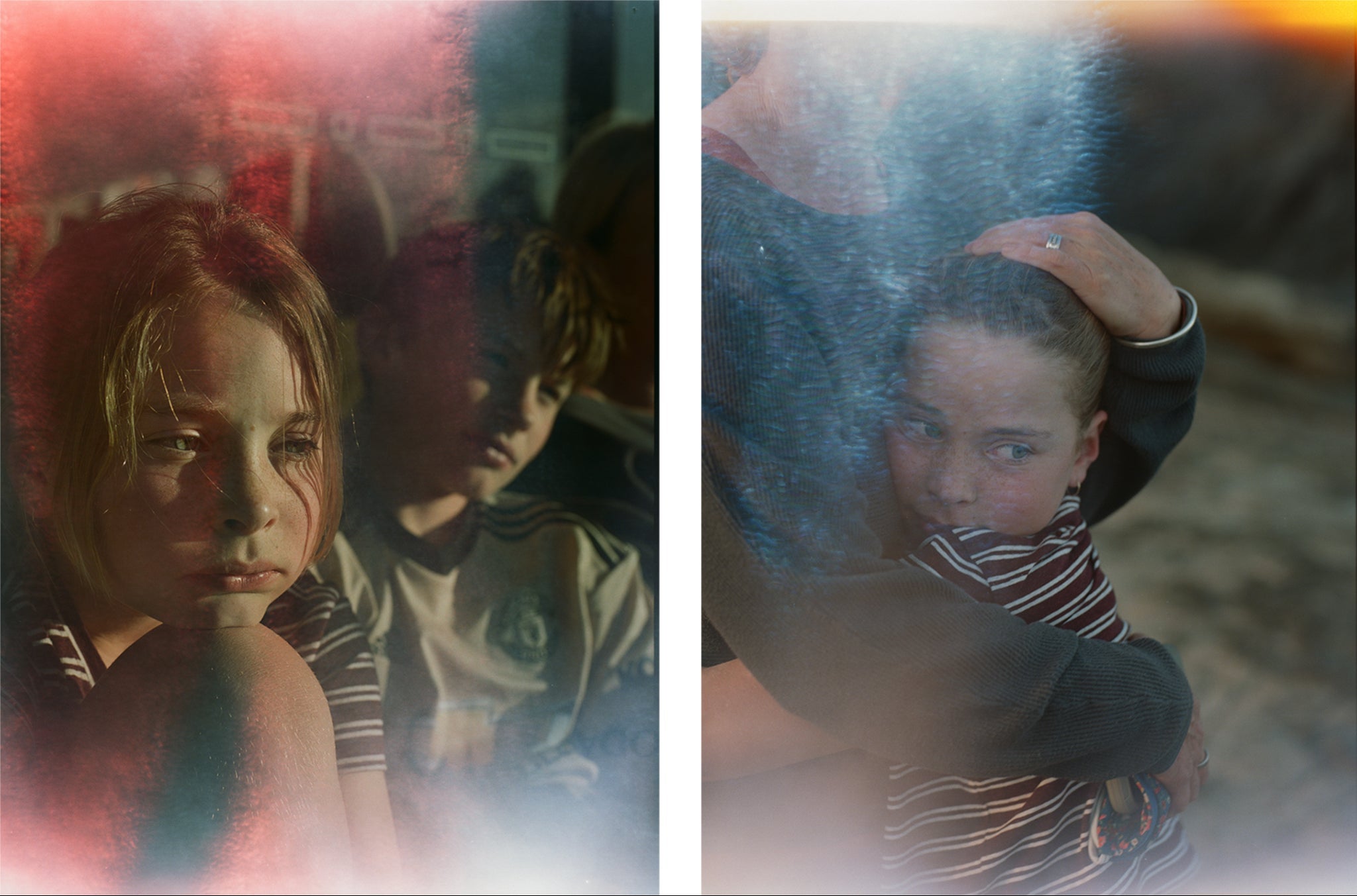
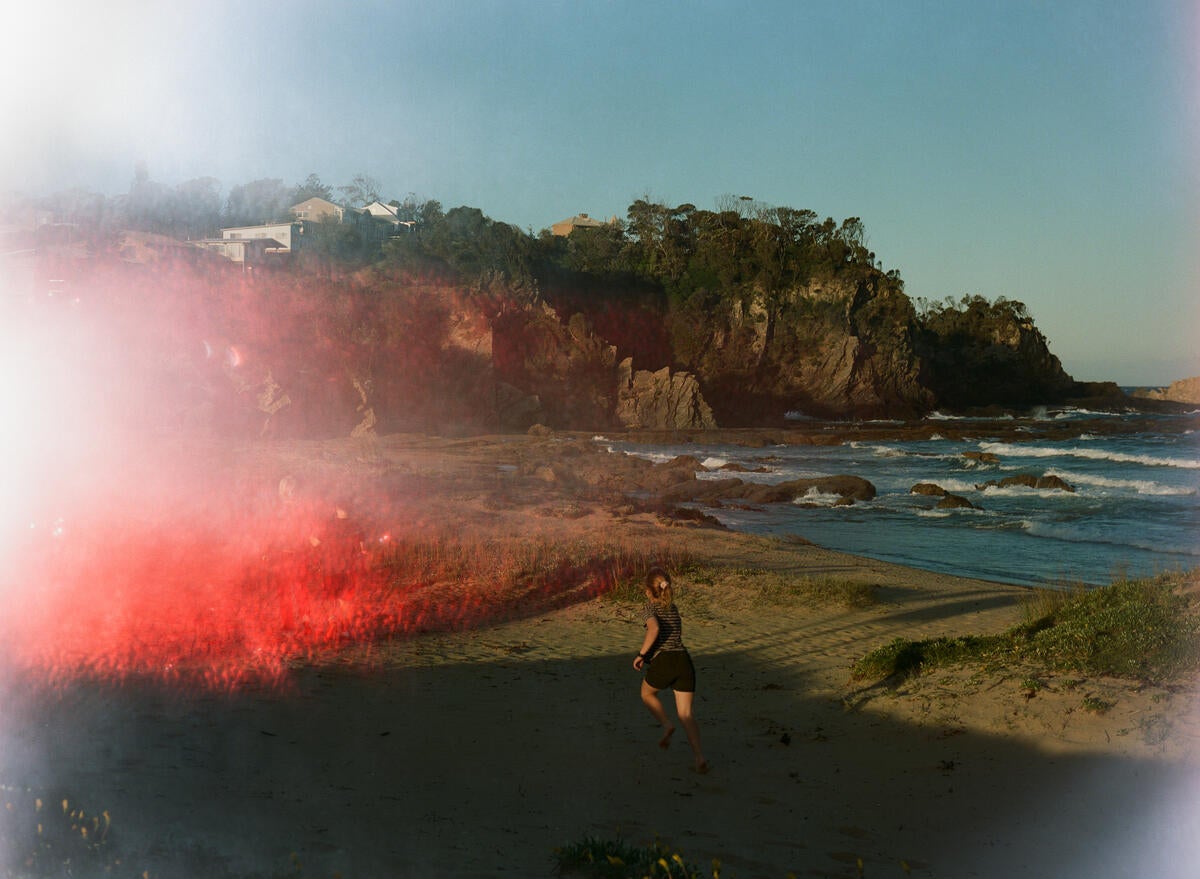
Bushfires in Australia have been made 30 per cent more likely due to the impact of the climate crisis, while children across the world now face twice the risk of wildfires as their parents, according to Save the Children.
Harry said: “I remember seeing metal fly up through the smoke. We saw burnt leaves just falling on the ground. I started crying because everyone was trying to call [emergency number] 000.”
The family sheltered from the blaze with hundreds of others on a beach which was the only place they thought was safe. From there they drove directly through a bushfire before finding sanctuary in an evacuation centre.
Harry’s mother Margie said: “Hopefully, we’ll do more and look after the planet, like to reduce our waste and have a better impact on the environment. I think I have a newfound respect for Mother Nature.”
Matthew Abbott’s images from Australia were exposed to extreme sunlight to reflect the destruction of the bushfires.
Gwen Hines, CEO of Save the Children, said: “These stories show the devastating impact the climate crisis is already having on the lives of children across the world.
“Each one is a powerful reminder that children are at the heart of this crisis, being robbed of their childhood today and their futures tomorrow.”
Join our commenting forum
Join thought-provoking conversations, follow other Independent readers and see their replies
Comments